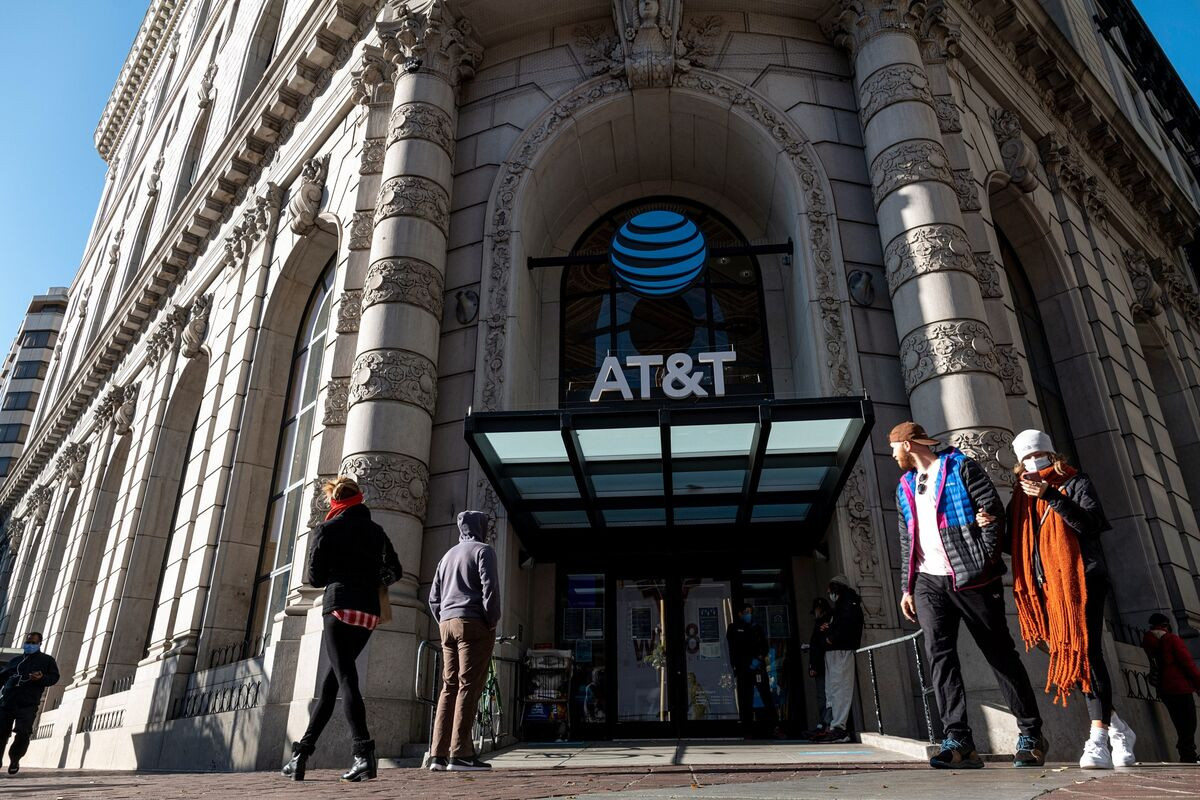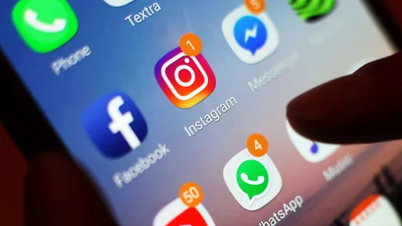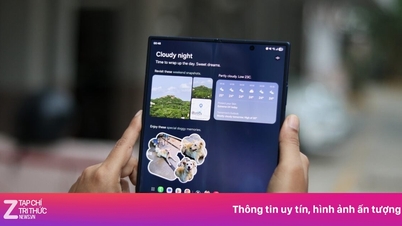Last week, US telecommunications provider AT&T announced it would close its flagship shopping destination in downtown San Francisco.
“Consumer shopping habits continue to change, and we are adapting to that. The company will serve customers wherever they are with a combination of retail stores, digital channels and customer care teams over the phone,” said an AT&T representative.

The move by one of the largest telecommunications service providers in the US reflects the trend of tightening customer spending after the pandemic period. Previously, in April, AT&T announced a business report for the first three months of 2023 that was not very positive, when it failed to meet Wall Street experts' expectations on market estimates as well as quarterly revenue.
Specifically, during the first quarter, US carriers added 424,000 postpaid phone subscribers - a figure equivalent to Factset's estimate of 422,800 subscribers, but the lowest level in the past two years.
Similarly, Verizon Communications also suffered mobile subscriber losses, as Americans were affected by inflation.
Uncertain macroeconomic factors, along with rising interest rates, are said to be causing consumers to put off device upgrades and look for cheaper plans.
Verizon lost 127,000 mobile phone subscribers in the first three months of the year. The carrier's total revenue fell 1.9% to $32.9 billion, below analysts' estimates of $33.57 billion.
T-Mobile reported a 2.4% decline in quarterly revenue to $19.63 billion in the same period. The carrier added 538,000 monthly subscribers in the quarter, compared with 927,000 in the December quarter.
(According to Reuters)
Source







































































































Comment (0)